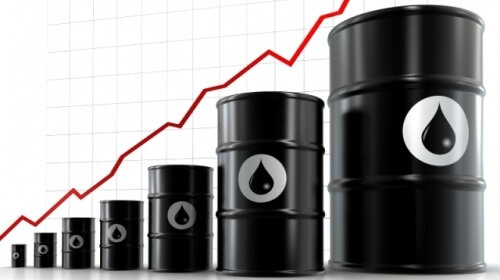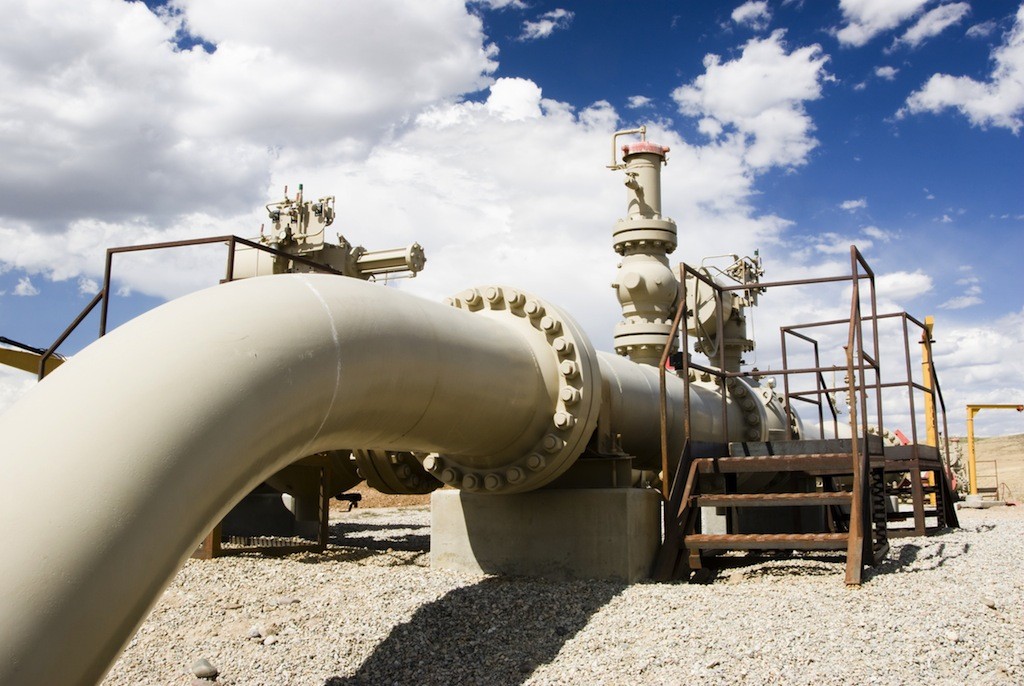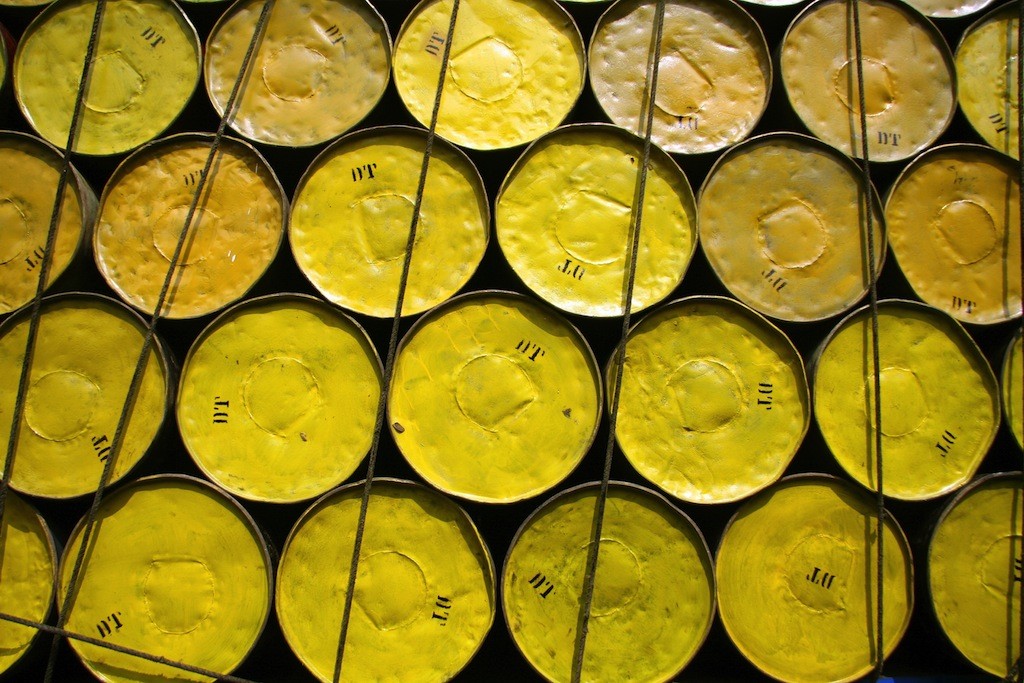Saudi Arabia, Venezuela talk of co-operation to stabilize oil market
Saudi Arabia’s oil minister Ali al-Naimi discussed cooperation between OPEC members and other oil producers to stabilize the global oil market with his Venezuelan counterpart on Sunday, state news agency SPA reported.
Venezuela’s Oil Minister Eulogio Del Pino, who is on a tour of oil producers to lobby for action to prop up prices, said his meeting with Naimi was “productive”, his ministry reported.
Cash-strapped OPEC member Venezuela has been calling for an emergency meeting of producers to discuss steps to prop up prices, which are close to their lowest since 2003.
The prospect of supply restraint by the Organization of the Petroleum Exporting Countries and rivals helped oil prices LCOc1 rise above $34 a barrel on Friday from a 12-year low close to $27 last month, despite widespread scepticism that a deal will happen.
“It was a successful meeting and (conducted) in a positive atmosphere,” SPA cited Naimi as saying.
Both ministers discussed Del Pino’s visits to other oil producers and the outcome of his “meetings that aim towards the cooperation of those countries to stabilize the international oil market”, Naimi said.
“During the meeting, there were discussions about the cooperation of the producing countries within OPEC and outside (OPEC)… and the importance of the continuation of such consultations,” SPA added.
However, the comments by Saudi Arabia, the world’s largest oil exporter, show no indication of a shift in the country’s policy of refusing to cut supplies to prop up crude prices, some OPEC delegates said.
“They seem like just general talk about cooperation, but nothing about cutting production,” said one OPEC source.
“It’s always good to say discussions were positive and productive. Never say they were negative. The issue is not with Venezuela, it is with Iran,” said another OPEC source.
Sources familiar with the matter say Iran is reluctant to restrain crude supply as it wants to recover the market share it lost during sanctions that were imposed in 2012 because of its nuclear program. International sanctions were lifted in January.
OPEC oil production jumped to its highest in recent history in January as Iran increased sales and its rivals Saudi Arabia and Iraq also boosted supply, a Reuters survey showed.
Last Wednesday, the Iranian news agency Shana quoted Del Pino as saying six producing countries, including OPEC members Iran and Iraq and non-members Russia and Oman, supported a producer meeting.
But so far, none of OPEC’s Gulf members, including OPEC heavyweight Saudi Arabia, has publicly backed a meeting.
Copyright: Reuters





